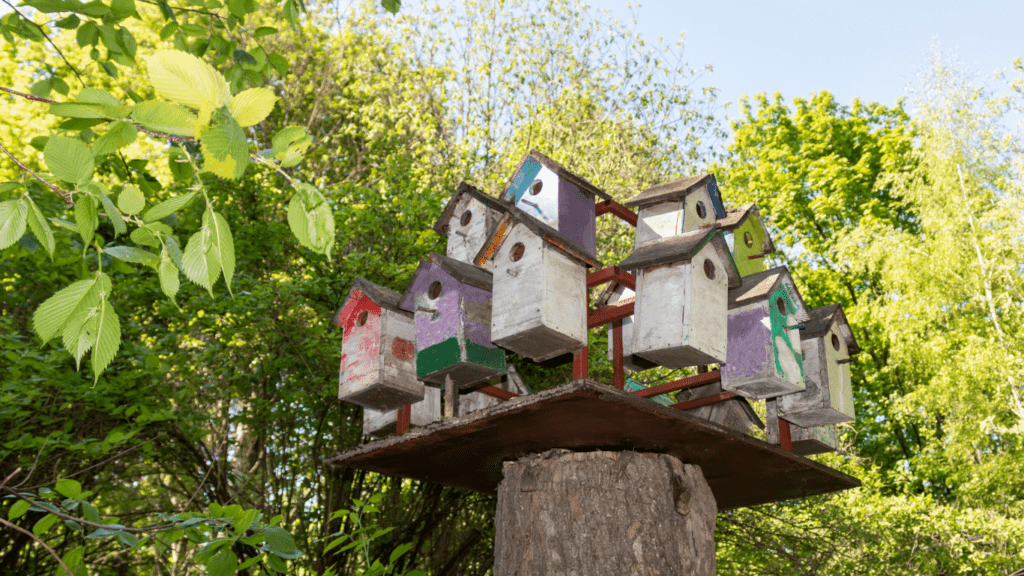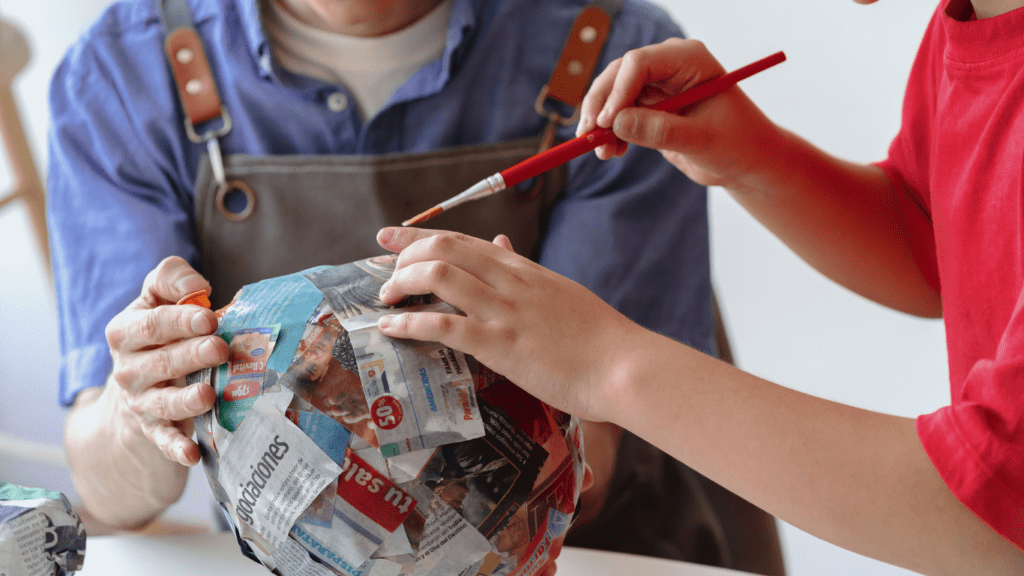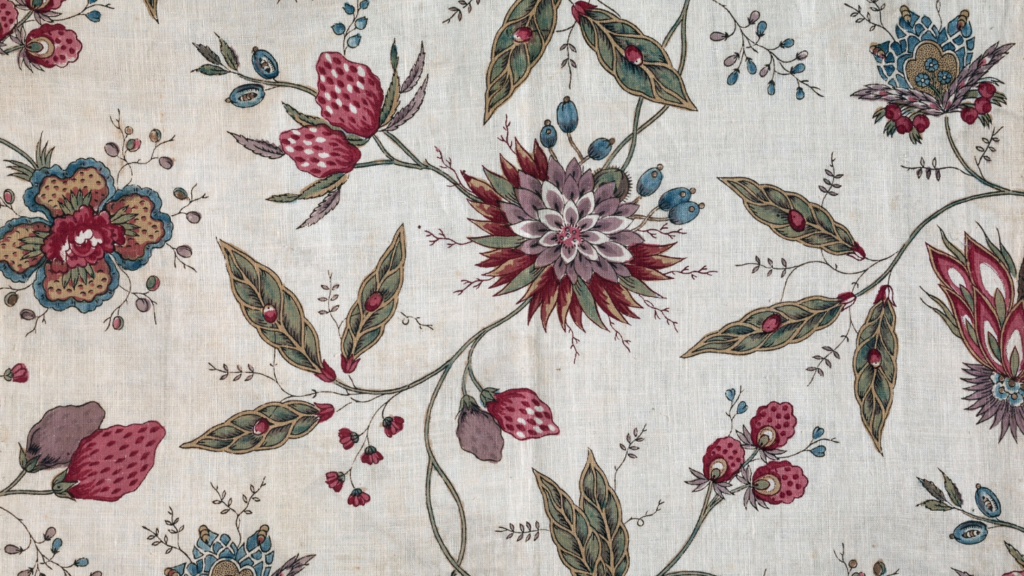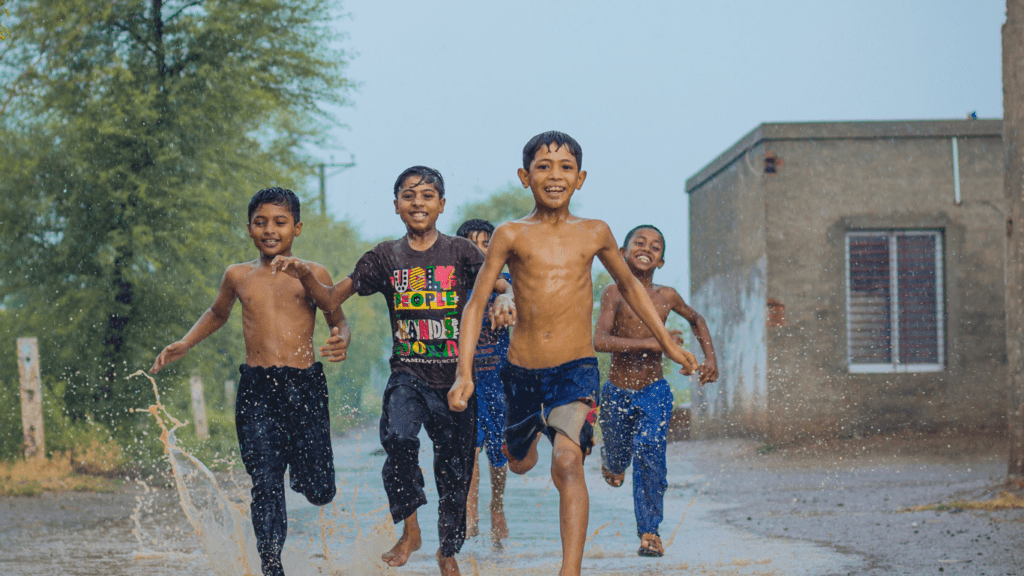Excited to embark on a fun and educational project with your little ones? In this step-by-step guide, I’ll walk you through the rewarding process of building a birdhouse with your kids. Not only is this activity a great way to bond with your children, but it also teaches them valuable skills and fosters a love for nature.
Choosing the Right Materials
When preparing to build a birdhouse with your kids, selecting the appropriate materials is crucial for a successful and enjoyable project. Here’s a list of essential items you’ll need for this hands-on activity:
- Wood: Opt for untreated, weather-resistant wood like cedar or redwood. These types of wood are durable and safe for birds.
- Saw: A basic handsaw will suffice for cutting wood to the required measurements. Ensure adult supervision when children handle the saw.
- Hammer and Nails: These tools are essential for assembling the birdhouse securely. Choose nails that are appropriate in size and length for the wood thickness.
- Wood Glue: Using wood glue in addition to nails can enhance the stability of the birdhouse. Make sure it’s safe for outdoor use.
- Measuring Tape: Accurate measurements are key to constructing a functional birdhouse. Involve your kids in the measuring process to teach them math skills.
- Safety Gear: Prioritize safety by wearing protective gear such as goggles and gloves while handling tools and materials.
By gathering these materials, you’ll be well-equipped to embark on a rewarding birdhouse building project with your little ones.
Preparing the Work Area
To create a conducive environment for building a birdhouse with your kids, it’s essential to set up the work area properly. This ensures a safe and organized space for the woodworking project. Here are the steps I follow to prepare the work area:
Clearing the Space:
I start by choosing a well-ventilated and well-lit area for our birdhouse construction.
I ensure the space is clutter-free and spacious enough for maneuvering wood and tools safely.
Laying Out Materials and Tools:
I gather all the necessary materials and tools we’ll need for the project.
Wooden boards, saw, hammer, nails, wood glue, measuring tape, goggles, and gloves are neatly arranged within easy reach.
Protective Measures:
Before starting, I make sure to put on safety gear such as goggles to protect our eyes and gloves to keep our hands safe.
I emphasize the importance of handling tools and materials with care to prevent any accidents.
Setting Up a Workbench:
I set up a sturdy workbench or table at a comfortable height for both me and my kids to work on.
The workbench provides a stable surface for cutting, nailing, and assembling the birdhouse components.
By following these steps and ensuring a well-prepared work area, I can create a safe and engaging space for building a birdhouse with my kids.
Step-by-Step Construction
I’ll guide you through the process of constructing a birdhouse with your kids, ensuring a smooth and enjoyable experience.
Assembling the Birdhouse Base
To start building the birdhouse, gather the base pieces – typically the floor and front/back panels. Align the pieces correctly and secure them using a hammer and nails or a screwdriver and screws.
Attaching the Walls and Roof
Once the base is assembled, it’s time to attach the side walls and roof. Position the walls onto the base securely, ensuring they are straight and level. Carefully attach the roof, making sure it overhangs the walls slightly to provide shelter.
Adding Decorative Elements
Enhance the birdhouse by letting your kids add their creative touch. Paint the birdhouse in vibrant colors, or decorate it with stickers or stencils. Remember to use non-toxic materials safe for birds.
Painting and Decorating
Once the birdhouse construction is complete, it’s time to add a fun and colorful touch to the project by painting and decorating the birdhouse with your kids. Painting not only enhances the aesthetic appeal but also provides an opportunity for creativity and personalization.
To begin the painting process, gather child-friendly, non-toxic paints in various colors. Acrylic paints or water-based paints are ideal for this activity as they are easy to work with and quick drying. Set up a well-ventilated area or work outside to ensure proper ventilation during painting.
Before starting, protect the work surface with newspaper or a drop cloth to prevent any spills or stains. Lay out the paints, brushes, and any other decorative materials like stickers, stencils, or markers that your kids want to use to adorn the birdhouse.
Encourage your children to unleash their creativity and imagination as they paint the birdhouse. They can choose to paint the entire birdhouse in one color or create intricate designs using multiple colors. It’s a great chance for them to express themselves artistically and take pride in their personalized creation.
Once the birdhouse is painted and the paint has dried completely, consider adding additional decorative elements like stickers, glitter, or stenciled designs to make the birdhouse truly unique. Finally, seal the painted birdhouse with a clear varnish or sealant to protect the finish and ensure its longevity outdoors.
Outdoor Placement and Bird Feeding
After completing the birdhouse project with your kids, the next step is to find the perfect spot to place your creation. It’s essential to choose a suitable location that will attract birds and provide them with a safe and comfortable environment.
When selecting a spot for your birdhouse, consider placing it in a quiet area away from constant disturbances. Birds prefer peaceful locations where they can rest and raise their young without disruptions.
Additionally, make sure to position the birdhouse at a height that is safe and accessible for both birds and your children to observe. Mounting the birdhouse at least 5-10 feet above the ground will help protect the birds from predators while allowing your little ones to enjoy watching their feathered friends.
Once the birdhouse is securely in place, it’s time to attract birds to your backyard. One way to do this is by providing food and water near the birdhouse. Bird feeders with seeds or nectar can entice a variety of bird species to visit, offering your kids the opportunity to learn about different bird diets and behaviors.
Remember to keep the bird feeder stocked with fresh food and clean water regularly to keep the birds coming back. By creating a welcoming environment for birds, you are not only supporting local wildlife but also giving your children the chance to connect with nature right in their own backyard.






